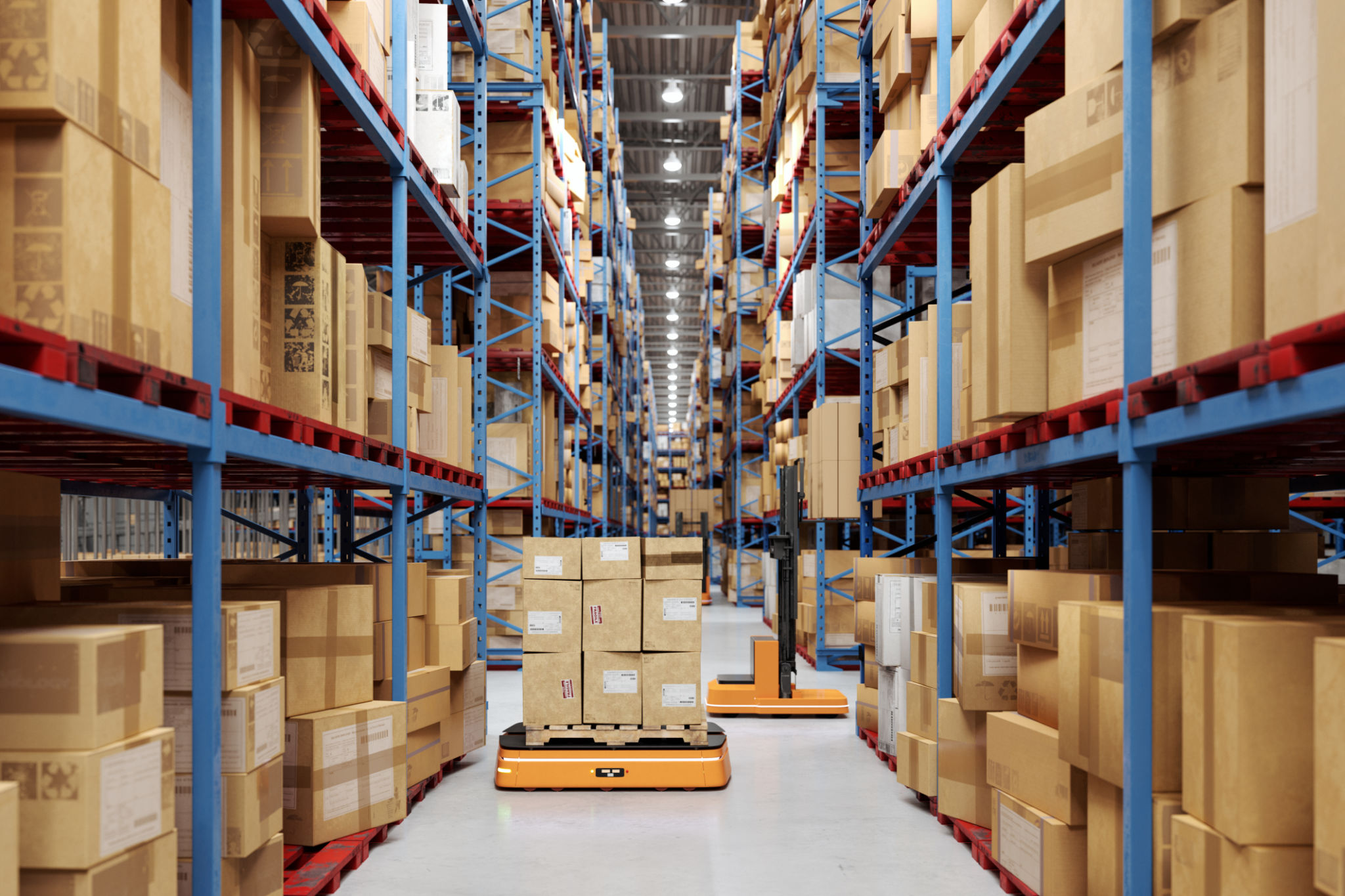The Role of Warehouse-to-Store Logistics in Streamlining Supply Chains
Understanding Warehouse-to-Store Logistics
In today's fast-paced retail environment, the efficiency of warehouse-to-store logistics plays a crucial role in ensuring that supply chains operate smoothly. This aspect of logistics focuses on the journey of products from storage facilities to retail outlets, aiming to reduce delivery times and improve inventory management. As consumer expectations for quick and seamless shopping experiences rise, the importance of streamlined warehouse-to-store processes cannot be overstated.
Warehouse-to-store logistics involves several key components, including the coordination of transportation, inventory tracking, and order fulfillment. Each of these elements must work in harmony to meet the demands of modern retail operations. By optimizing these processes, businesses can enhance their ability to respond quickly to market changes and consumer needs.

The Impact on Supply Chain Efficiency
The efficiency of warehouse-to-store logistics can significantly impact the overall performance of a supply chain. When executed effectively, it helps in reducing lead times and minimizing inventory holding costs. By ensuring that products are always available on store shelves, businesses can prevent stockouts, which can lead to lost sales and dissatisfied customers.
Moreover, streamlined logistics contribute to cost savings by optimizing transport routes and reducing unnecessary handling. This not only lowers operational expenses but also enhances the sustainability of the supply chain by minimizing the carbon footprint associated with transportation.
Technological Advancements in Logistics
Technology plays a pivotal role in transforming warehouse-to-store logistics. Innovations such as real-time tracking systems, automated inventory management, and advanced analytics tools allow for greater visibility and control over logistics operations. These technologies enable businesses to make data-driven decisions, improving efficiency and responsiveness across the supply chain.
For instance, real-time data can help identify bottlenecks and inefficiencies, allowing companies to address these challenges proactively. Additionally, automation in warehouses can streamline picking and packing processes, further expediting the movement of goods from warehouses to stores.

Strategies for Optimization
To optimize warehouse-to-store logistics, businesses can implement several strategies. One effective approach is the integration of cross-docking practices, which involve transferring products directly from inbound to outbound transportation with minimal storage time. This reduces handling and storage costs while speeding up delivery times.
Another strategy is to enhance collaboration with suppliers and transportation providers. By fostering strong relationships and clear communication channels, businesses can better coordinate logistics activities and respond more quickly to changes in demand or supply disruptions.
The Role of Data Analytics
Data analytics is an invaluable tool in optimizing warehouse-to-store logistics. Through comprehensive data analysis, businesses can gain insights into consumer behavior, demand patterns, and operational performance. This information allows for more accurate demand forecasting and inventory management, ensuring that the right products are delivered to the right locations at the right times.
Moreover, predictive analytics can help anticipate potential disruptions in the supply chain, enabling businesses to implement contingency plans and mitigate risks before they impact operations.

The Future of Warehouse-to-Store Logistics
As technology continues to evolve, the future of warehouse-to-store logistics looks promising. Emerging trends such as drone deliveries, autonomous vehicles, and IoT-enabled smart warehouses are set to revolutionize how goods are transported from warehouses to retail outlets. These innovations promise even greater efficiency and speed in logistics operations.
Ultimately, the role of warehouse-to-store logistics will become increasingly central to achieving competitive advantage in retail markets. Businesses that invest in optimizing these processes will be better positioned to meet customer expectations and adapt to changing market dynamics.